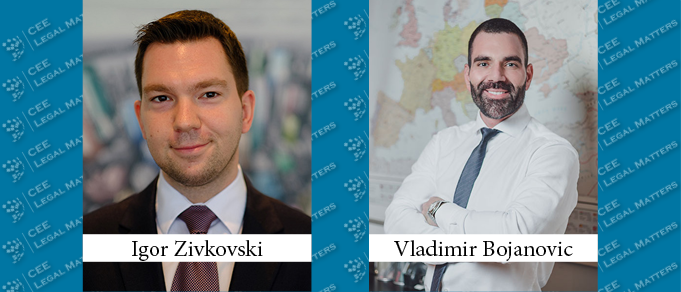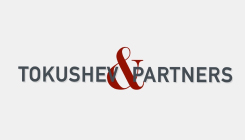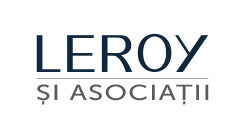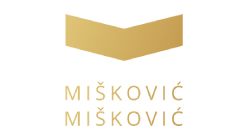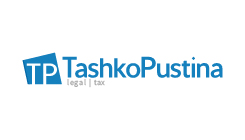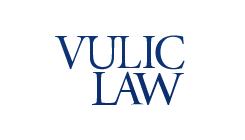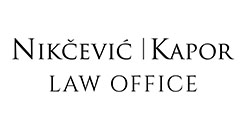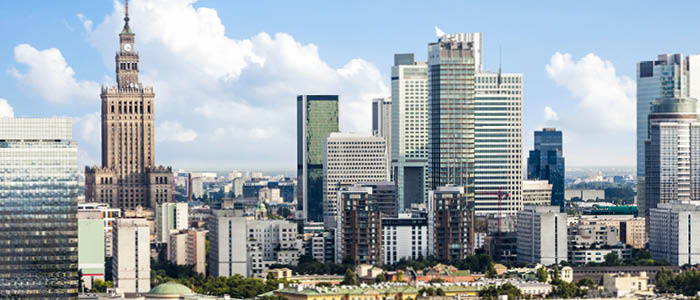The technology start-up sector in Serbia has, for a while now, been quite rewarding and attractive for investors from all walks of business. Looking at the past few years, the Balkan country has seen investments ranging from early-stage and entry-level all the way to complete buyouts, to the tune of several hundred million euros. With all this funding flowing into the country, Bojanovic & Partners Managing Partner Vladimir Bojanovic and Zivkovic Samardzic Partner Igor Zivkovski talk about where does it go afterward, and what kind of effects is it producing?
No Rest for the Weary
Capital resulting from tech start-up investments is, “in the majority of cases, used to develop the projects to their full potential, so it is here to stay,” Bojanovic begins. He shares that, according to certain market research data, it seems that 88% of those that received an investment are funneling the funds toward project development. And it doesn’t look like those funds are drying up anytime soon – Bojanovic shares that the “IT sector in the Republic of Serbia continues to grow, regardless of the current economic situation in the world.”
Indeed, agreeing with Bojanovic, Zivkovski reports that, “according to available data, 2021 was the most successful year ever for the Serbian start-up ecosystem – local start-ups attracted over USD 135 million in investments, an increase of 600% year over year. In addition, the Serbian tech sector exceeded USD 1.7 billion in export revenue in 2021.”
Some successful examples of these investments include “Tenderly securing USD 58.6 million in three investment rounds, Orgnostic raising USD 5 million in its seed round, All.Art raising USD 4.5 million in venture capital, and Anari AI receiving USD 2 million to produce AI chips in the cloud,” Zivkovski reports, further adding that the video game industry, blockchain development, and fintech are the most attractive sectors.
Perhaps surprisingly, however, not many of these transactions represented full exits. In fact, Bojanovic shares full exits occurred in but 5 to 10% of cases. “A large number of start-up companies see potential in developing new products and finding original solutions to existing problems,” he explains. “And some of the entrepreneurs who sell their start-up companies after successful development of products or services, decide to open new start-ups with the money from their company,” keeping the funds in the sector in any case.
Zivkovski resonates with this, adding that, “currently, in our practice, we have not had any examples of founders reaching a full exit – mostly, they still have the status of shareholders in the company.” He shares that even in the most prominent example of a start-up being sold in Serbia – the USD 378 million sale of mobile gaming developer Nordeus to Take-Two Interactive in 2021 – “one of the founders is still a director in the company.”
Money Changing Hands, Changing Landscape
With such robust and consistent investment numbers, the overall landscape has been reshaped as well – with incubators and similar structures coming to the fore to facilitate further growth in the sector. “Incubators have appeared in Serbia, as well as other types of assistance to new start-up companies, since this is a very lucrative opportunity if the business idea is good,” Bojanovic points out. “At the beginning, when the start-up company is the most vulnerable, incubators play the most important role in the company’s future development.”
Providing specific examples, Bojanovic points to the “Business and Technology Incubator of Technical Faculties Belgrade. The BITF has maintained close ties with young innovators and students for more than a decade and, through numerous activities and training, it encouraged the development of new start-up teams in the field of innovation and technology,” he explains. Furthermore, Bojanovic shares that “the Republic of Serbia, together with the European Union, is providing financing to new start-up companies every year,” while their joint IPA Project currently in place allocates funds “in the amount of EUR 80,000 to EUR 300,000 per project.”
On the other hand, Zivkovski points to grassroots as the primary source of funding. “Start-ups are mostly financed from their own funds and grants, followed by family and friends. A smaller share of start-ups indicated that their sources of funding were incubators/accelerators and business angels,” he shares. “Other sources, such as entrepreneurial capital, public subsidies, EU programs, bank loans, or crowdfunding, accounted for less than 10%, while no start-up used IPOs, ICOs, or foundations as a source of financing,” he reports. Zivkovski believes that such a high percentage of bootstrapped start-ups can have adverse effects: it could “lead to the slower growth and internationalization of start-ups in their early stages, given that many of the goals depend on the amount of available capital,” he explains.
Still, Zivkovski shares that Serbia lacks none when it comes to potential funding sources. As key ecosystem investors and growth generators, he highlights the TS Ventures corporate venture fund established by Telekom Serbia, the Katapult acceleration program supporting early-stage start-ups, South Central Ventures, Fifth Quarter Ventures, USAID-funded Serbia Innovates and Venture an Idea, and Tenderly Garaza.
Even Better Things To Come
Given such strong numbers in the past, it would seem that Serbia’s tech sector is looking at good things to come. “Serbia is known as a country that has highly skilled IT professionals, with excellent education, and represents a fast-growing IT market,” Bojanovic says. “It is entirely expected that, in the coming years, the private equity funds market in Serbia will develop into a strong competitive market that will offer multiple opportunities for investments in the TMT and Technology start-up sector,” he reports.
Indeed, Zivkovski agrees, “the interest of investors in Serbian start-ups is increasing.” He says that, in addition to “large funds such as the TS Ventures Fund, South Central Ventures, and Credo Ventures,” that are backed by state and foreign investors’ capital, there is more grassroots movement. “More and more individuals are organizing, with an average stake between USD 30,000 and 50,000, and they are founding smaller investment funds intended for investing in potentially good start-up ideas,” he stresses. “And there are also angel investors, as well as investors from the corporate world who are motivated to get involved in the ecosystem, invest in start-ups, learn about them, and support them to succeed,” Zivkovski says.
This article was originally published in Issue 9.10 of the CEE Legal Matters Magazine. If you would like to receive a hard copy of the magazine, you can subscribe here.

